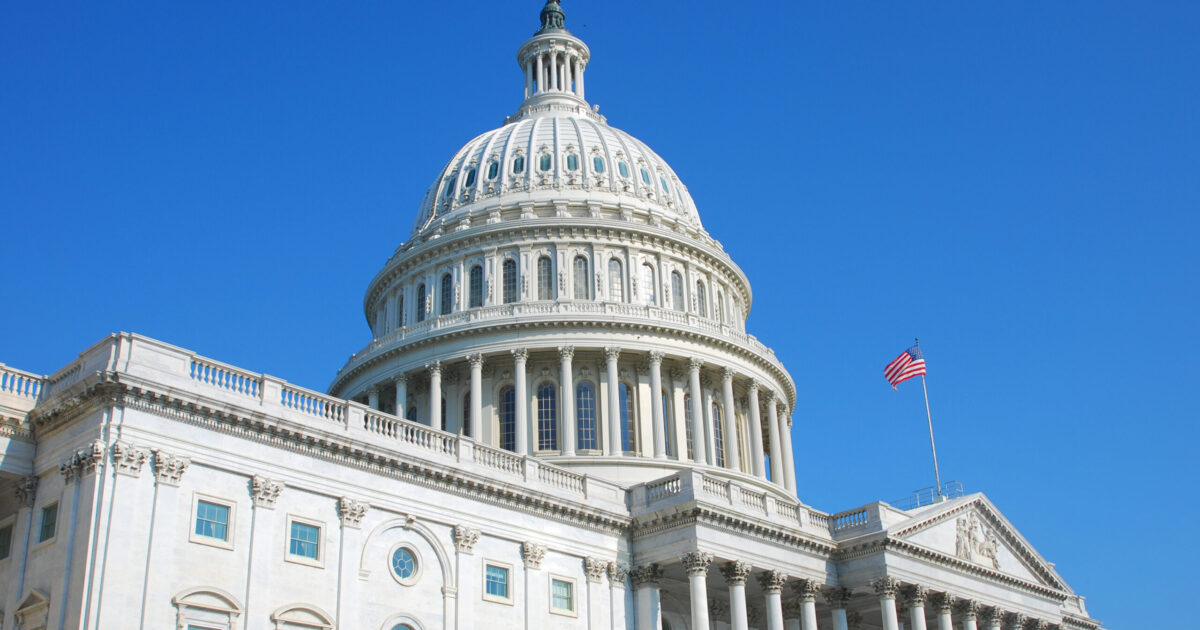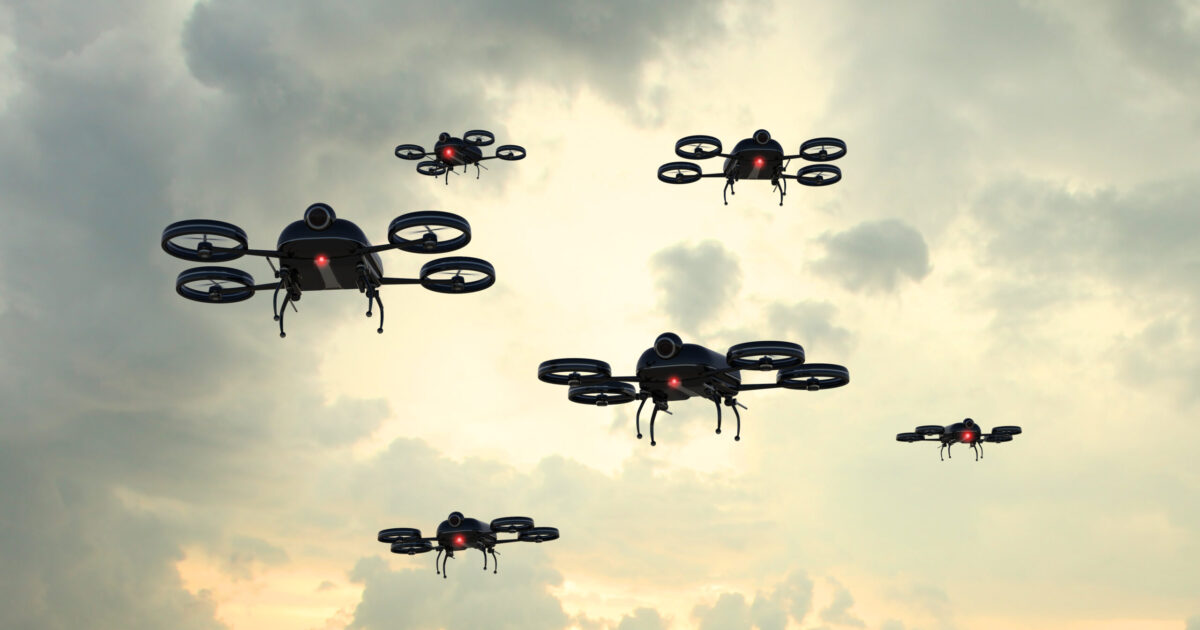(Continued from Part 3. This concludes the article.)
As discussed previously, I followed two important principles in achieving a 7-year food supply using basic foods. First, let “everything from scratch” be your motto, avoiding processed and genetically modified foods. Second, buy in bulk. These two principles together will contribute to good health and definitely get you ahead of the steep inflation curve. Take the time to read the book, Nourishing Traditions, that I refer to as the “food Bible”. It will help you understand the real nutritional needs (“nutrient dense foods”) of adults and children, give you recipes, and help you avoid fad diets and food cravings.
In the following paragraphs, I give examples of the things I’ve purchased and their current cost that got me to the 7-year food storage plan for one person. If you wonder about why I purchased a certain quantity of this or that, my choices were dependent upon: the most protein and fiber per buck, and what I personally like. Your choices will be different.
Beans/Peas/Lentils (435 lbs) using ~17 food grade buckets:
5 lbs of organic black eyed peas (I am also going to plant some of these) – $12.89
25 lbs of black turtle beans – $27.74
25 lbs of garbanzo beans – $30.93
75 lbs of brown lentils – $24.65 x 3 = $73.95
25 lbs of green split peas – $18.38
25 lbs of whole green peas – $22.02
75 lbs of pinto beans – $35.39 x 3 = $106.17
75 lbs of red beans – $26.75 x 3 = $80.25
5 lbs of organic soybeans (I am also going to plant some of these). – $8.93
100 lbs of white navy beans – $24.45 x 4 = $97.80
Total cost of $479.06
By my personal calculations and habits, I would eat 1lb per week of my choice of the above with some extra in there for visiting family. Now, 1 lb doesn’t sound like a lot of food in a week, but it’s just a component of a larger meal plan that includes, dairy, grains, meat, broths, vegetables, seeds, and fruit. Now onto the grains.
Grains (650 lbs) using ~26 food grade buckets:
175 lbs Hard Red Wheat – $16.09 x 7 (25 lb bags) = $112.63
50 lbs Hard White Wheat – $23.90 x 2 (25 lb bags) = $47.80
75 lbs Soft White Wheat – $13.64 x 3 (25 lb bags) = $27.28
60 lbs Wheat Montana Flour – $7.57 x 6 (10 lb bags) = $45.42
75 lbs Pearl Barley – $17.79 x 3 (25 lb bags) = $53.37
100 lbs Oats – $24.92 x 4 (25 lb bags) = $99.68
40 lbs White Corn Masa – $58.63 x 1 (40 lb bag) = $58.63
25 lbs Corn Meal – $20.28 x 1 (25 lb bag) = $20.28
50 lbs of Rice – $19 x 2 (25 lb bags) = $38
Total cost of $503.09
By my personal calculations and habits, which includes slicing bread, rolls,…










